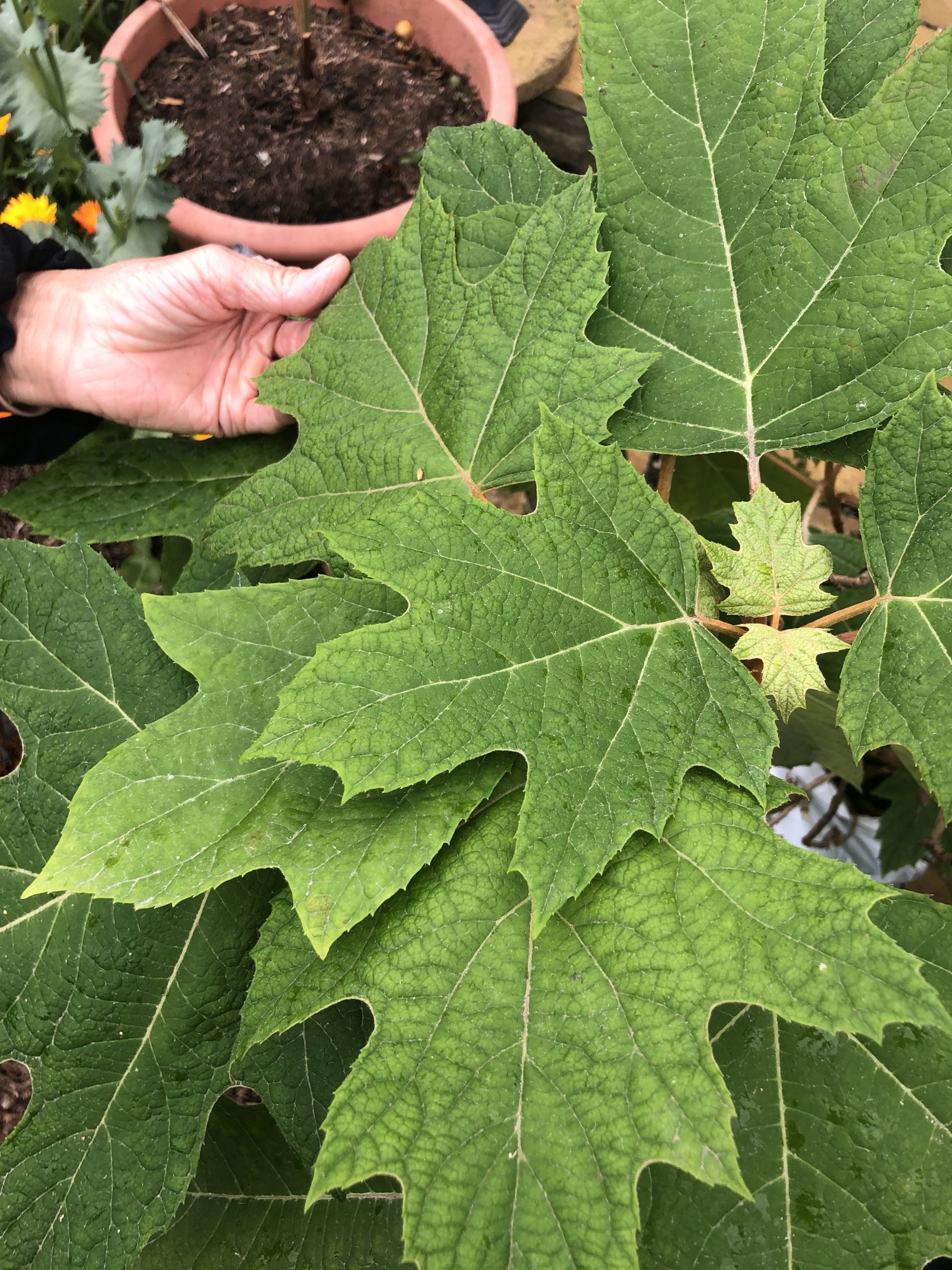To grow oakleaf hydrangeas (Hydrangea quercifolia), you need to provide them with the right growing conditions and follow a few basic care guidelines. Here’s a step-by-step guide on how to grow oakleaf hydrangeas:
- Choose the right location: Oakleaf hydrangeas thrive in partial shade to full sun. They prefer morning sun and afternoon shade, especially in hotter regions. Select a location with well-drained soil that is rich in organic matter.
- Planting: Dig a hole that is slightly larger than the root ball of the plant. Place the hydrangea in the hole, making sure the top of the root ball is level with the soil surface. Backfill the hole with soil and gently tamp it down. Water thoroughly after planting.
- Watering: Keep the soil consistently moist, especially during the first year after planting. Hydrangeas generally require 1 to 1.5 inches of water per week. Water deeply and avoid letting the soil dry out completely between waterings.
- Mulching: Apply a layer of organic mulch around the base of the plant, such as shredded bark or compost. Mulch helps conserve moisture, suppress weeds, and insulate the soil. Keep the mulch a few inches away from the stem to prevent rot.
- Fertilizing: Oakleaf hydrangeas do not require heavy fertilization. However, you can apply a balanced slow-release fertilizer in early spring, following the package instructions. Avoid using high-nitrogen fertilizers, as they can promote excessive foliage growth at the expense of flower production.
- Pruning: Prune oakleaf hydrangeas immediately after flowering, usually in late summer or early fall. Remove dead or damaged wood and shape the plant as desired. Avoid heavy pruning, as oakleaf hydrangeas bloom on old wood.
- Winter protection: Oakleaf hydrangeas are generally hardy plants, but in colder climates, it’s advisable to protect them from harsh winter conditions. Apply a layer of mulch around the base of the plant in late autumn to insulate the roots and protect them from freezing.
- Pests and diseases: Oakleaf hydrangeas are generally resistant to pests and diseases. However, they can occasionally be affected by aphids, spider mites, or powdery mildew. Monitor your plants regularly and take appropriate action if you notice any issues.




